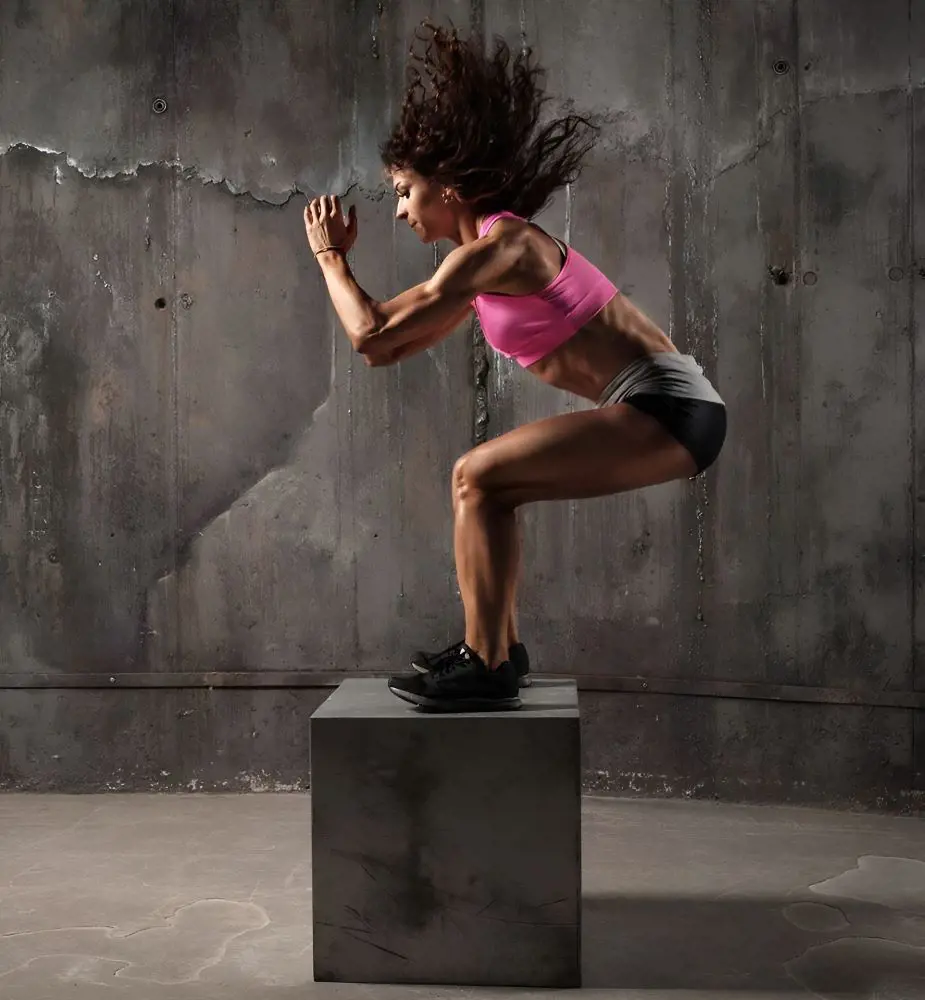10 Pelvic Floor Exercises For Every Age Group
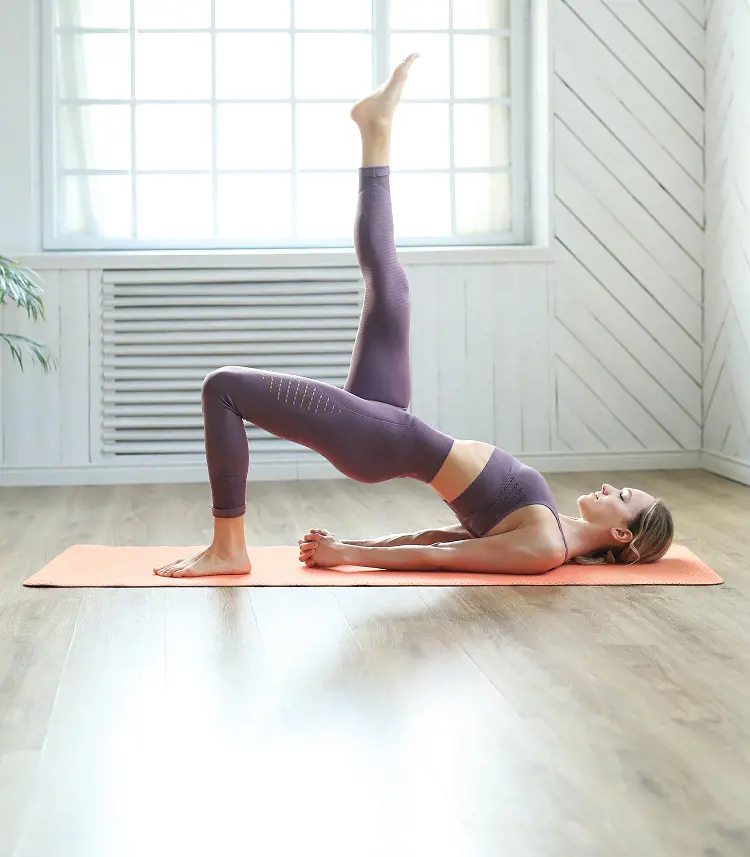
This post may contain affiliate links. If you make a purchase through links on our site, we may earn a commission.
Do you ever feel that urgent need to use the bathroom, worried you might not make it in time? Strengthening your pelvic floor muscles, the ones between your sit bones and around your pelvis is key to preventing accidents. These muscles support your bladder, bowel, and uterus.
Factors like pregnancy, childbirth, and aging can weaken them, causing issues like incontinence and discomfort during sex. In this article, we'll explore why everyone can benefit from pelvic floor exercises, helping maintain muscle strength and overall pelvic health.
What Are Pelvic Floor Exercises?

Pelvic floor exercises are like tiny secret workouts for your downstairs muscles. Imagine your bladder, bowels, and maybe even your baby maker are resting on a hammock. Pelvic floor exercises are like strengthening that hammock by giving it tiny squeezes and holds.
The more you train these muscles, the better they support everything they hold, leading to benefits like:
- No more surprise leaks: Stronger muscles mean better bladder control, goodbye peeing when you laugh or jump!
- Less bathroom drama: A stronger downstairs can help prevent problems like pooping when you don't want to.
- Pregnancy power: A well-trained hammock can make pregnancy and childbirth smoother.
- Happy downstairs life: Stronger muscles can improve sensation and pleasure during sex.
Think of it as building a hidden fitness zone for your private parts! No one needs to see you do these tiny squeezes, but your body will thank you for it. So, let's get to know about the 10 most effective pelvic floor exercises for every age group:
1. Kegel Exercises
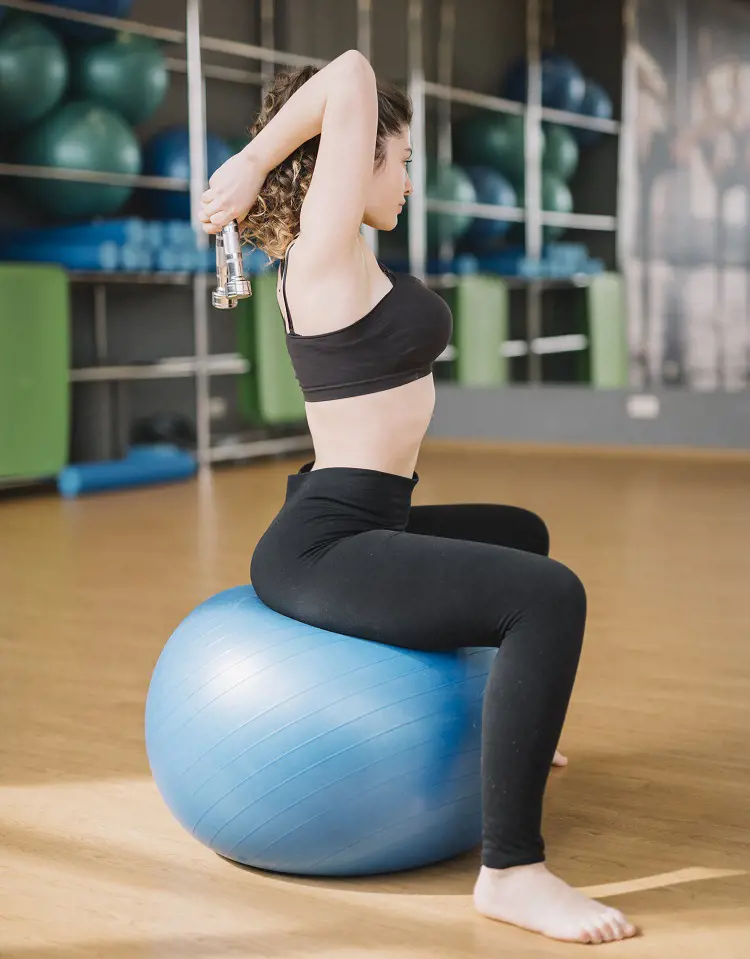
Kegel exercises are a type of pelvic floor exercise involving squeezing and releasing the muscles that support the pelvic organs. Suitable for all ages, benefits include better bladder control, reduced risk of leaks, and improved sexual function.
Simple to do, Kegels strengthen the pelvic floor, promoting overall health and preventing issues like incontinence.
How To Perform
- Squeeze the pelvic floor muscles as if you're trying to stop the flow of urine.
- Hold for 5-10 seconds, then relax.
- Repeat 10-15 times, gradually increasing the duration of the hold.
2. Bridge Pose
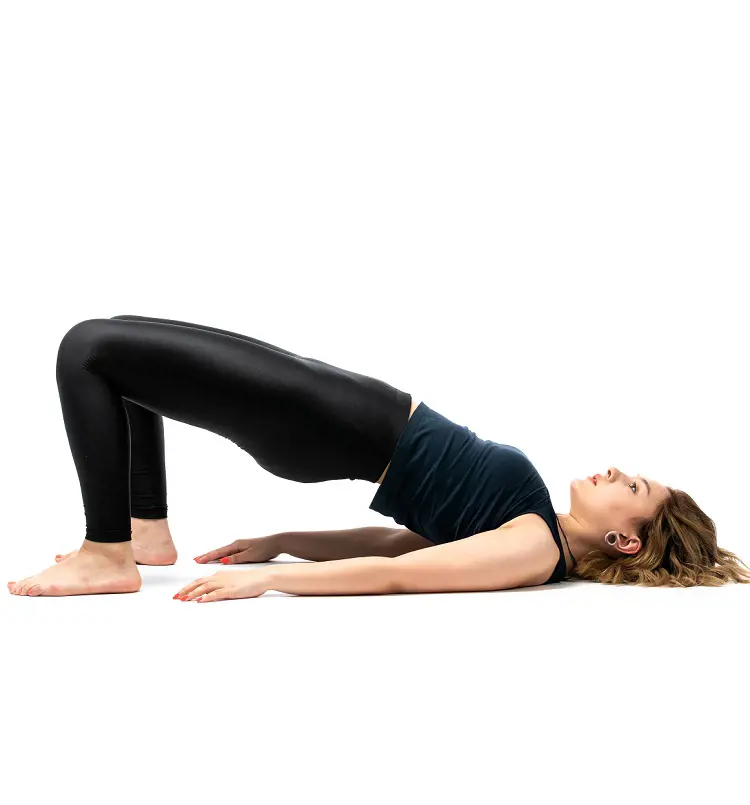
Bridge Pose is a pelvic floor exercise where you lift your hips towards the ceiling. Benefits include strengthening pelvic muscles, improving bladder control, and supporting pelvic organs.
This exercise also engages the core and lower back, enhancing overall stability. Regular practice helps prevent issues like incontinence and pelvic organ prolapse while promoting a healthy pelvic floor.
How To Perform
- Lie on your back with knees bent and feet hip-width apart.
- Lift your hips towards the ceiling, engaging your pelvic floor.
- Hold for a few seconds before lowering down.
- Repeat 10-15 times.
3. Deep Squats
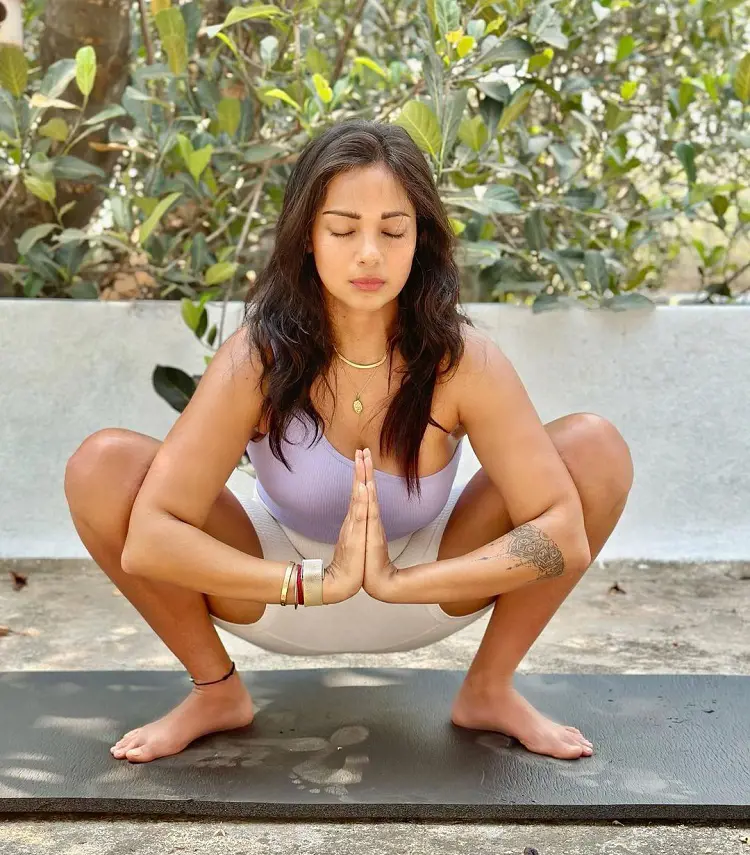
Deep squats involve lowering your body with knees bent and feet shoulder-width apart. While not the sole best pelvic floor exercise, deep squats offer benefits like pelvic muscle engagement, improved bladder control, and enhanced stability.
This exercise also supports overall lower body strength. Including a variety of pelvic floor exercises in your routine ensures comprehensive pelvic health.
How To Perform
- Stand with feet shoulder-width apart and squat down.
- Keep your back straight, and engage your pelvic floor as you rise back up.
- Repeat 10-15 times.
4. Pelvic Tilts

Pelvic tilts involve tilting your pelvis upward while lying on your back. While not the singular best, they're valuable for pelvic floor health. Benefits include strengthened pelvic muscles, improved overall posture, and reduced lower back strain.
Pelvic tilts contribute to overall pelvic stability and can aid in preventing issues like incontinence and discomfort. A variety of exercises ensures a holistic approach to pelvic floor fitness.
How To Perform
- Lie on your back with your knees bent and feet flat on the floor.
- Tilt your pelvis upward, pressing your lower back into the floor.
- Hold for a few seconds, then release.
- Repeat 10-15 times.
5. Inner Thigh Squeeze
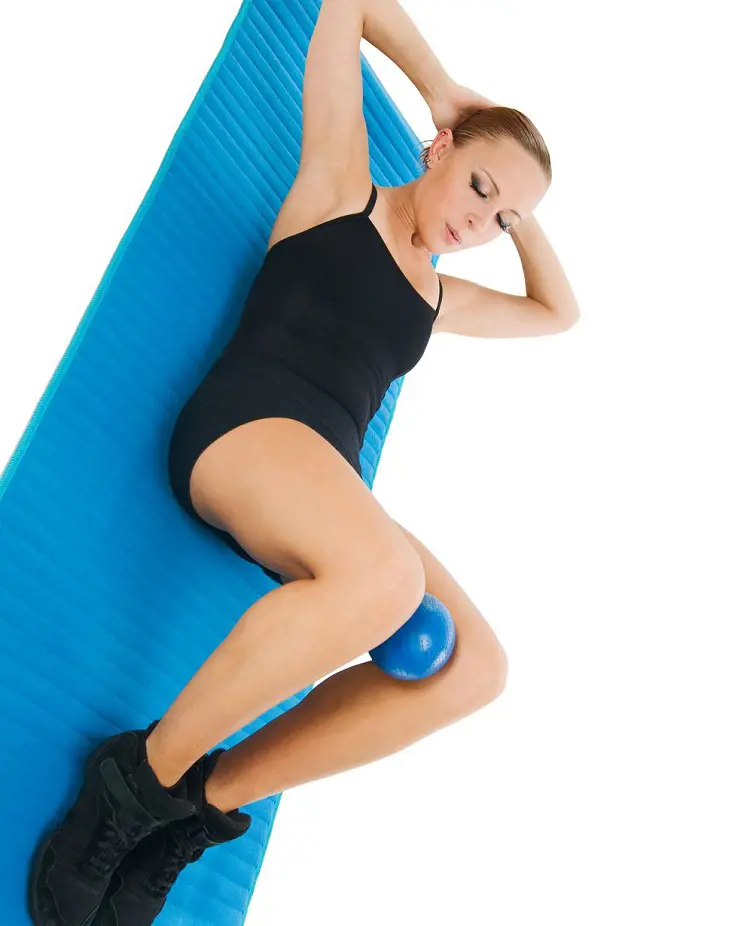
The inner thigh squeeze is beneficial for pelvic floor health. This exercise involves squeezing a soft ball or cushion between your thighs. Benefits include improved inner thigh and pelvic muscle strength, aiding in pelvic stability.
It contributes to preventing issues like incontinence and supports overall pelvic health when combined with a varied exercise routine.
How To Perform
- Sit or lie down with knees bent and feet flat.
- Place a softball or cushion between your thighs.
- Squeeze the ball gently, engaging your inner thigh and pelvic floor muscles.
- Hold for 5-10 seconds, then release.
- Repeat 10-15 times.
6. Pelvic Clocks
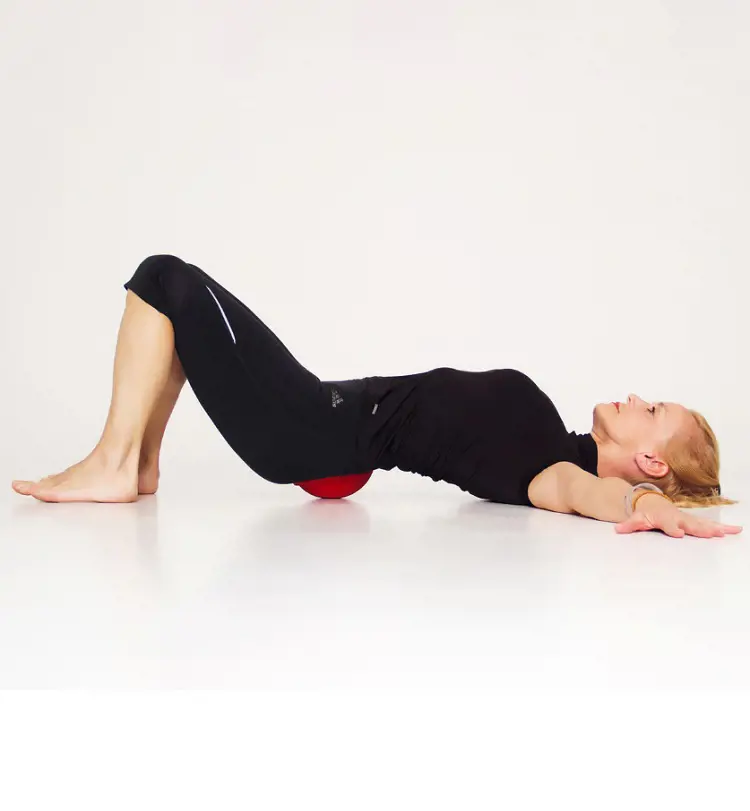
Pelvic clocks involve imagining a clock on your pelvic area and moving your pelvis in different directions. These exercises are one of the beneficial for pelvic floor health.
Benefits include increased awareness of pelvic movements, improved flexibility, and enhanced pelvic muscle control. Pelvic clocks contribute to overall pelvic stability, helping prevent issues like incontinence when incorporated into a varied exercise routine.
How To Perform
- Sit comfortably and imagine a clock on your pelvic area.
- Tilt your pelvis forward to 12 o'clock, then backward to 6 o'clock.
- Move side to side and in a circular motion.
- Repeat for 1-2 minutes.
7. Flutter Kicks
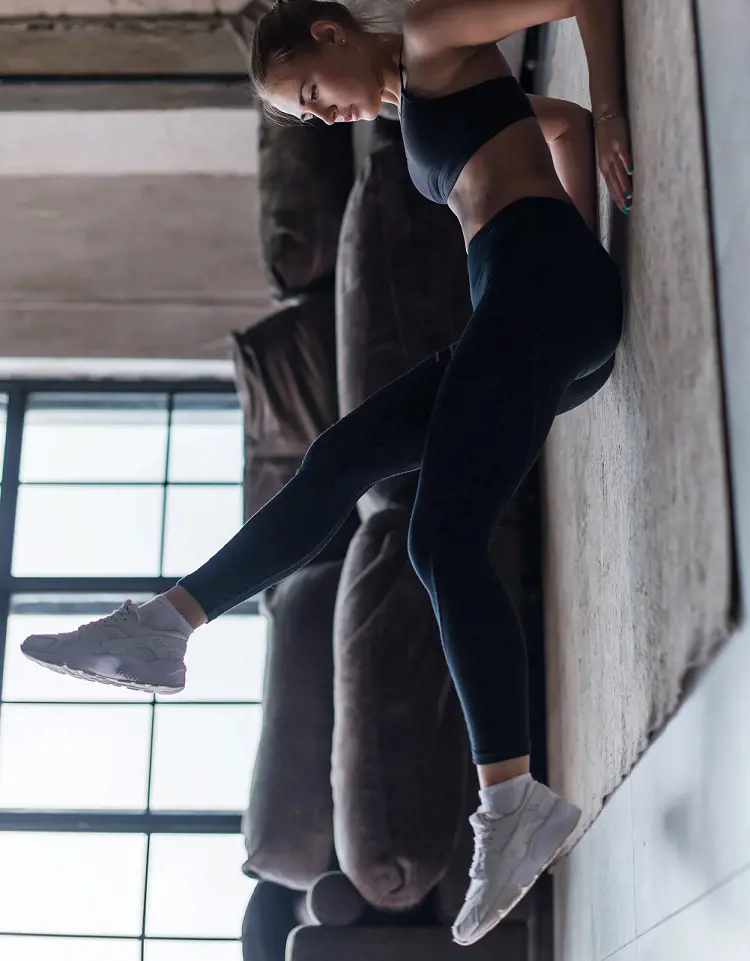
Flutter kicks involve lying on your back and making fluttering motions with your legs. They offer several benefits for pelvic floor health. Flutter kicks engage the lower abdominal and pelvic muscles, promoting strength and stability.
These exercises contribute to preventing issues like incontinence and enhancing overall pelvic well-being when included in a varied exercise routine.
How To Perform
- Lie on your back with your legs straight.
- Lift one leg a few inches off the ground and then the other in a fluttering motion.
- Keep your lower back pressed into the floor.
- Do this for 1-2 minutes.
8. Seated Leg Lifts
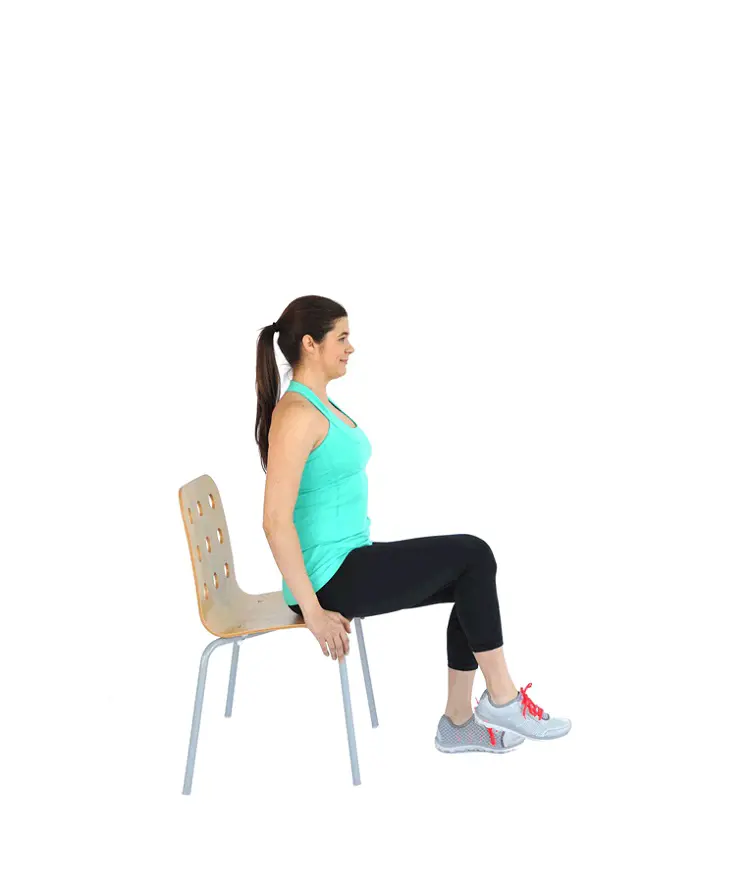
Seated leg lifts are core exercises, not solely pelvic floor exercises. While engaging your core, you lift your legs, working several muscles like abs and hip flexors. It is one of the best pelvic floor exercises, it strengthens nearby muscles that indirectly support bladder control.
It's like training a team of muscles for overall pelvic health, offering benefits like improved posture, stability, and even stronger Kegels!
How To Perform
- Sit on the edge of a chair with feet flat on the floor.
- Lift one leg straight in front of you, engaging the pelvic floor.
- Hold for a few seconds, then lower.
- Repeat with the other leg. Do 10-15 repetitions on each side.
9. Pelvic Floor Relaxation
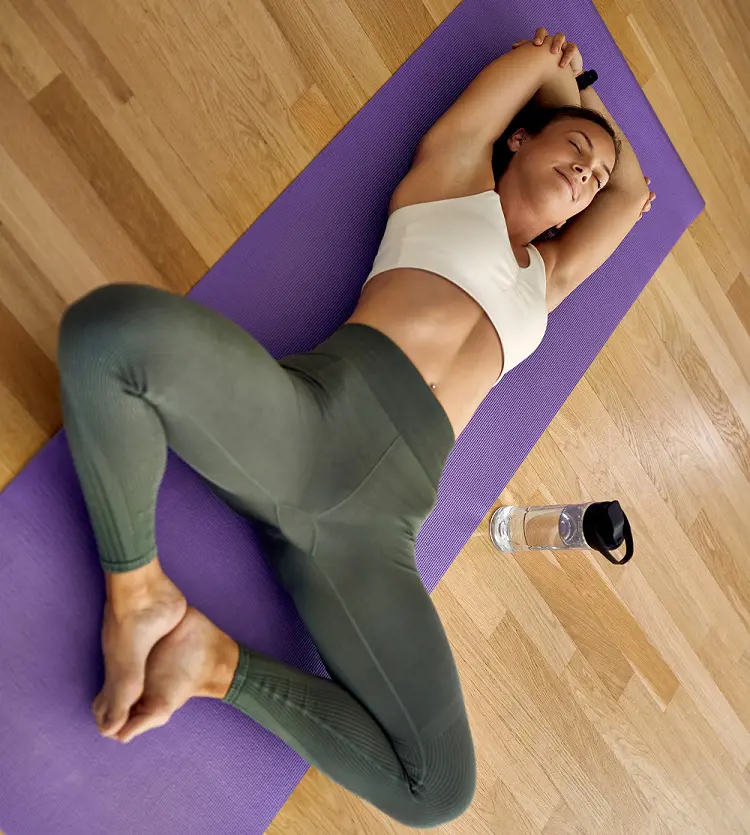
Pelvic floor relaxation isn't an exercise but a state of being. Imagine letting go of all tension in your downstairs muscles, like unclenching your fist. It might feel strange at first, but it's crucial. Tense muscles can lead to problems like pain and weak bladder control.
Relaxation helps reduce tightness, improve blood flow, and make everyday activities like sitting or lifting easier. Think of it as giving your pelvic floor a much-needed vacation and perform it precisely.
How To Perform
- Lie down and consciously relax your pelvic floor muscles.
- Focus on releasing tension and letting go.
- Practice deep breathing while doing this exercise.
10. Stair Climbing
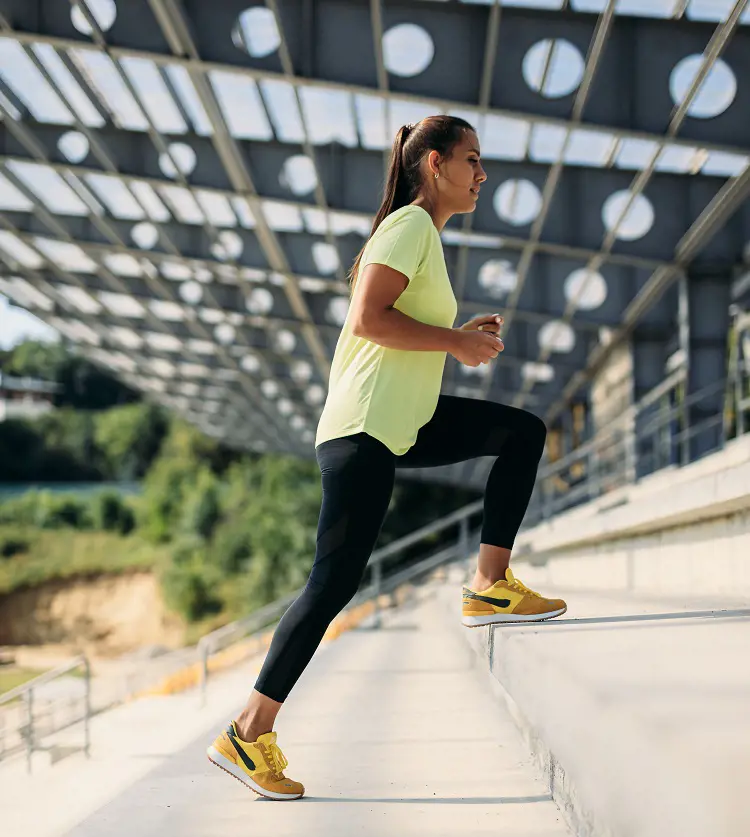
Stair climbing isn't specifically a pelvic floor exercise, but it's like a bonus workout! Every step engages your pelvic floor alongside leg muscles, giving them a quick squeeze-release with each climb. It's a great everyday activity that:
- Boosts overall strength and fitness
- Improves bladder control (less pee leakage!)
- Burns calories for weight management
- Strengthens bones and reduces fall risk
How To Perform
- Use stairs for a gentle aerobic exercise that engages the pelvic floor.
- Take each step deliberately, lifting your knees and engaging your core.
Recent posts
Fitness
Fitness
10 Calisthenics Exercises To Add To Your Workout Routine
If you're looking for simple and effective ways to boost your fitness without needing fancy equipment, calisthenic exercises are a great choice. Calisthenics uses your body weight to build strength, flexibility, and endurance. In this guide, we'll ex...
Fitness
Your Guide To 15 Types of Meditation Practices
Meditation has changed a lot recently, and more and more people are interested in it. Life is getting busier and more complicated, so many individuals are turning to meditation and mindfulness to find real peace and calm and escape from their hectic ...
